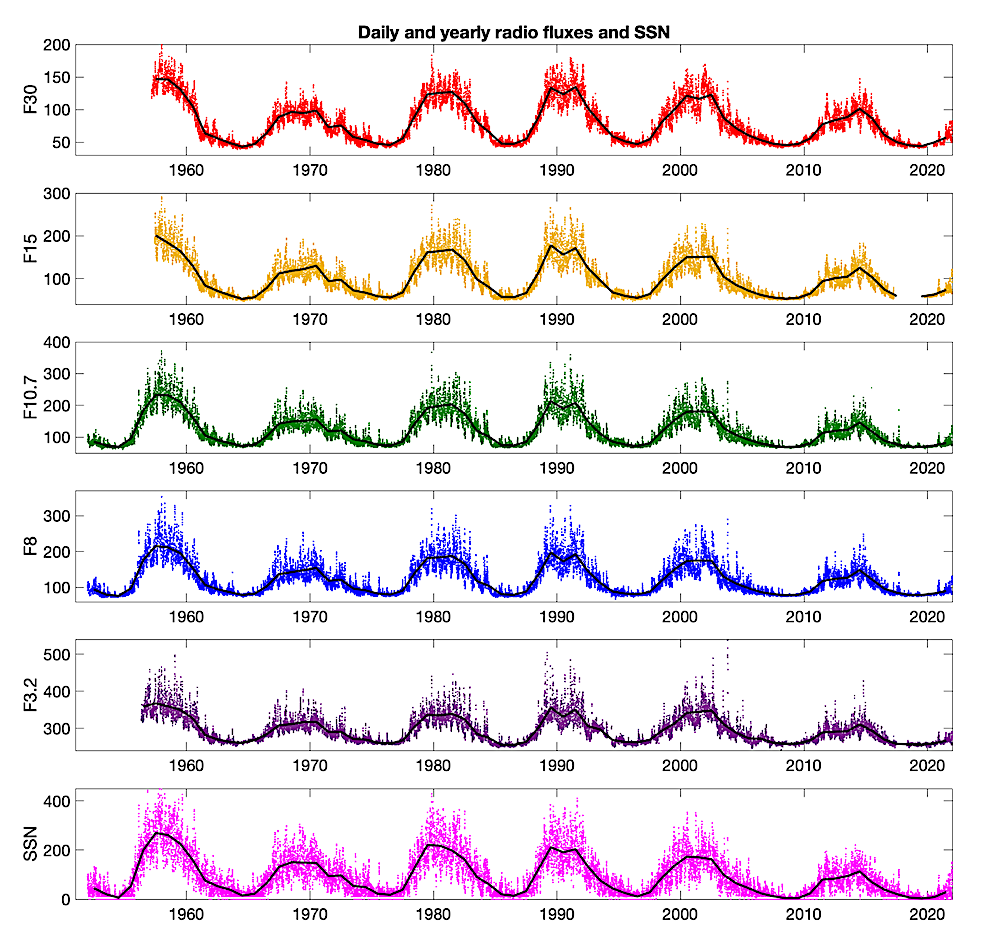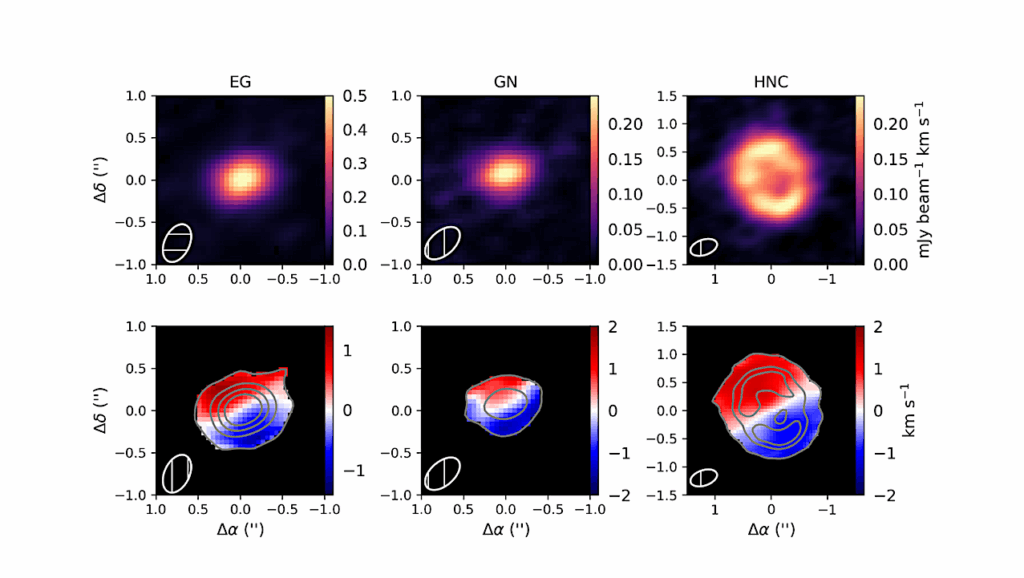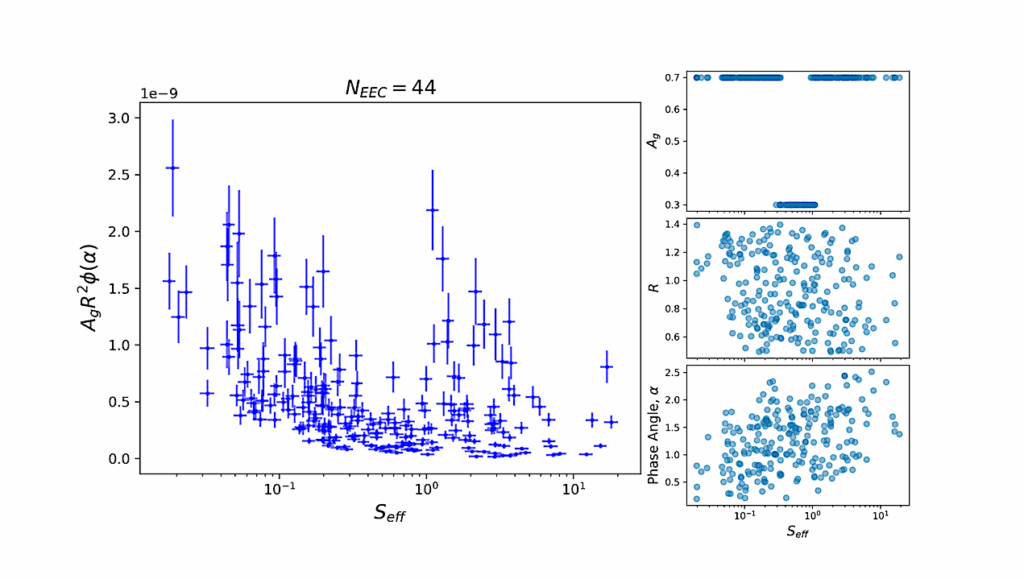Transition To A Weaker Sun: Changes In The Solar Atmosphere During The Decay Of The Modern Maximum

The Sun experienced a period of unprecedented activity during the 20th century, now called the Modern Maximum (MM). The decay of the MM after cycle 19 has changed the Sun, the heliosphere, and the planetary environments in many ways.
However, studies disagree on whether this decay has proceeded synchronously in different solar parameters or not. One key issue is if the relation between two long parameters of solar activity, the sunspot number and the solar 10.7cm radio flux, has remained the same during this decay. A recent study argues that there is an inhomogeneity in the 10.7cm radio flux in 1980, which leads to a step-like jump (“1980 jump”) in this relation.
Here we show that the relation between sunspot number and 10.7cm radio flux varies in time, not due to an inhomogeneous radio flux but due to physical changes in the solar atmosphere. We used radio fluxes at four different wavelengths measured in Japan, and studied their long-term relation with the sunspot number and the 10.7cm radio flux.
We also used two other solar parameters, the MgII index and the number of active regions. We find that the 1980 jump is only the first of a series of 1-2-year “humps” that mainly occur during solar maxima. All radio fluxes increase with respect to the sunspot number from the 1970s to 2010s. These results reestablish the 10.7cm flux as a homogeneous measure of solar activity. The fluxes of the longer radio waves are found to increase with respect to the shorter waves, which suggests a long-term change in the solar radio spectrum.
We also find that the MgII index and the number of active regions also increased with respect to the sunspot number, further verifying the difference in the long-term evolution in chromospheric and photospheric parameters. Our results provide evidence for important structural changes in solar magnetic fields and the solar atmosphere during the decay of the MM.

Daily (colored dots) and yearly (black lines) means of radio fluxes at five different wavelength bands from top to bottom: F30 cm (red), F15 cm (yellow), F10.7 cm (green), F8 cm (blue), and F3.2 cm (purple). Daily (magenta dots) and yearly (black line) sunspot number are depicted in the bottom panel. — astro-ph.SR
K. Mursula, A. A. Pevtsov, T. Asikainen, I. Tähtinen, A. R. Yeates
Comments: 17 pages, 8 figures
Subjects: Solar and Stellar Astrophysics (astro-ph.SR)
Cite as: arXiv:2403.08047 [astro-ph.SR] (or arXiv:2403.08047v1 [astro-ph.SR] for this version)
Submission history
From: Kalevi Mursula
[v1] Tue, 12 Mar 2024 19:42:29 UTC (1,414 KB)
https://arxiv.org/abs/2403.08047
AStrobiology








